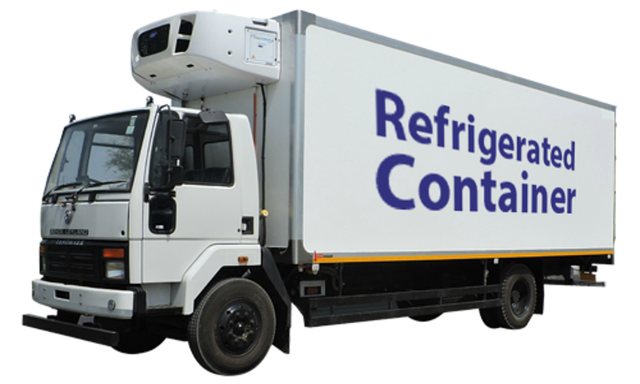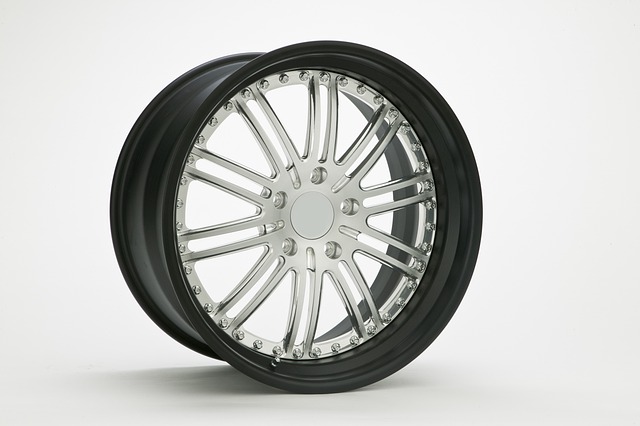Registering a car in California involves several steps, with a key part being the Vehicle Identification Number (VIN) verification process. This ensures vehicle authenticity and safety standards. Gather essential documents like proof of ownership, insurance, and identification. Choose the right registration type based on your vehicle’s age and use. Submit your application and fees at a DMV office or online. Keep your registration current by updating information promptly to avoid penalties. Always remember the importance of VIN verification in California’s car registration process.
- Understanding the Vehicle Identification Number (VIN) Verification Process in California
- Gathering Necessary Documents for Car Registration
- Choosing an Appropriate Registration Type in CA
- Submitting Your Application and Paying Fees
- Maintaining and Updating Your Vehicle Registration Information
Understanding the Vehicle Identification Number (VIN) Verification Process in California

In California, understanding the Vehicle Identification Number (VIN) verification process is crucial for a smooth car registration. VIN verification ensures that the vehicle matches the details provided by the manufacturer and helps prevent fraud. When registering your car, you’ll need to provide a valid VIN, which serves as a unique identifier for your vehicle. This information is cross-checked against state records to confirm its authenticity.
A mobile vin verifier or inspector can play a vital role in this process. These services offer convenient, on-site vin inspections, allowing you to obtain the necessary verification quickly. By using advanced technology and expert knowledge, a mobile vin inspection ensures that your vehicle’s VIN is accurate and matches the records held by the California Department of Motor Vehicles (DMV). This step simplifies the registration process and saves time for both you and the DMV.
Gathering Necessary Documents for Car Registration

Before you begin the registration process, it’s crucial to gather all the essential documents required by the California Department of Motor Vehicles (DMV). One critical step in this process involves conducting a VIN verification, which ensures that your vehicle’s unique Vehicle Identification Number (VIN) is accurate and matches the make, model, and year listed on its title.
This verification can be done through a mobile VIN verifier or by scheduling a VIN inspection at a designated DMV location. Having these documents ready demonstrates your car’s authenticity and simplifies the registration process. Additionally, ensure you have proof of insurance, a clean driving record, and any applicable fees to streamline your transaction with the California DMV.
Choosing an Appropriate Registration Type in CA

When registering a car in California, understanding your vehicle’s unique identification number (VIN) and choosing the right registration type is crucial. California offers various options depending on your vehicle’s age, use, and ownership status. For instance, private individuals, businesses, and out-of-state buyers each have specific procedures.
One essential step is to conduct a VIN verification or inspection to ensure the vehicle’s history aligns with its owner. This can be done through a mobile VIN verifier or inspector, providing convenience and efficiency. By verifying your car’s VIN, you can make an informed decision when selecting the appropriate registration category, ensuring compliance with California’s motor vehicle regulations.
Submitting Your Application and Paying Fees

After completing your vehicle’s registration application, it’s time to submit and pay the necessary fees. This step is crucial in ensuring that your car is legally recognized on California’s roads. The process involves a few key elements. First, you’ll need to conduct a vin verification (Vehicle Identification Number) by confirming the details of your vehicle with the DMV or an authorized agent. This step ensures the accuracy of your application and helps prevent fraud.
Once your vin inspection is complete and approved, you can proceed with payment. California requires specific fees for car registration, which vary based on factors like the type of vehicle and emissions standards. You have the option to pay online or visit a local DMV office, where you can also arrange for a mobile vin verification if needed, making the process more convenient, especially if your schedule is tight.
Maintaining and Updating Your Vehicle Registration Information

Maintaining accurate vehicle registration information is crucial for a seamless driving experience in California. After initial registration, it’s important to update any changes in ownership, address, or contact details with the Department of Motor Vehicles (DMV). This ensures that your vehicle remains legally registered and insulates you from potential penalties or issues during traffic stops. Regularly reviewing and updating your information is as simple as logging into your DMV account online or visiting a local DMV office.
One convenient method to streamline this process involves utilizing a mobile vin verifier or vin inspection service, which allows for real-time verification of your vehicle’s identification number (VIN). This technology enables users to quickly and easily confirm their vehicle’s registration status, making it an efficient way to stay compliant with California’s motor vehicle regulations.
Registering a car in California involves several straightforward steps, starting with understanding the VIN verification process and gathering essential documents. By choosing the right registration type and submitting your application with the required fees, you can ensure your vehicle is legally registered. Remember to maintain and update your registration information as needed, including any changes in ownership or address, for a seamless car registration experience in California.



